Hello adventurers. Our next travel destination is Bulgaria. And today we will get to know the capital – Sofia. The city is full of monuments and tourist attractions.
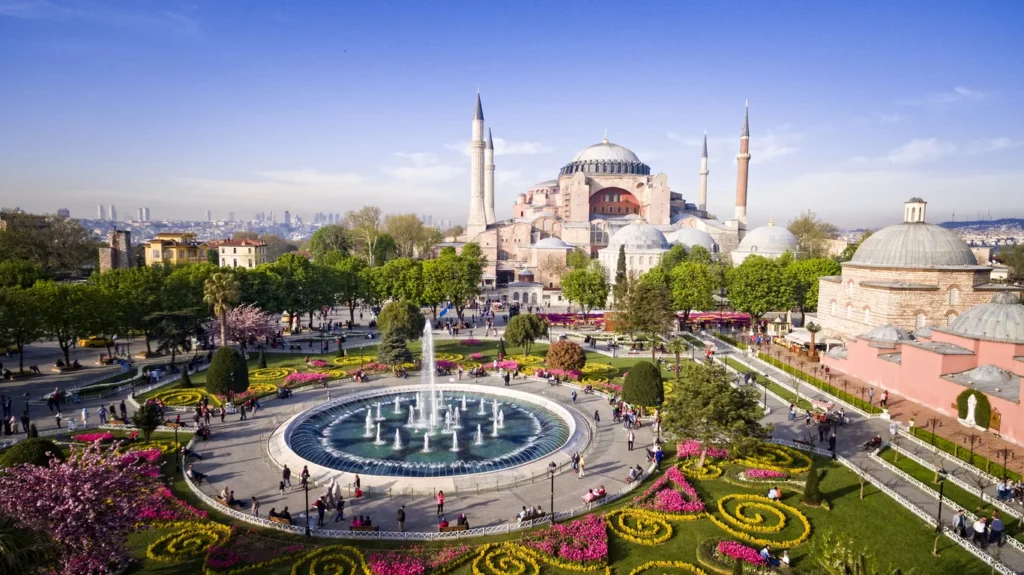

The capital of Bulgaria is located in the western part of the country, in the Sofia Basin, at the foot of the Vitosha massif. The south is marked by the Pirin Mountains. Sofia is located several dozen kilometers from the border with Serbia.
Walking through the wide streets of Sofia gives you the feeling of a huge space, and the compact urban development is interspersed with green areas.
The walking trail leads tourists through the main boulevard of Kniaginia Marija Luiza, running all the way to the most important square in the city, Sweta Nedela, under which there was the center of ancient Serdika with temples and public buildings.
St. Cathedral Alexander Nevsky in Sofia
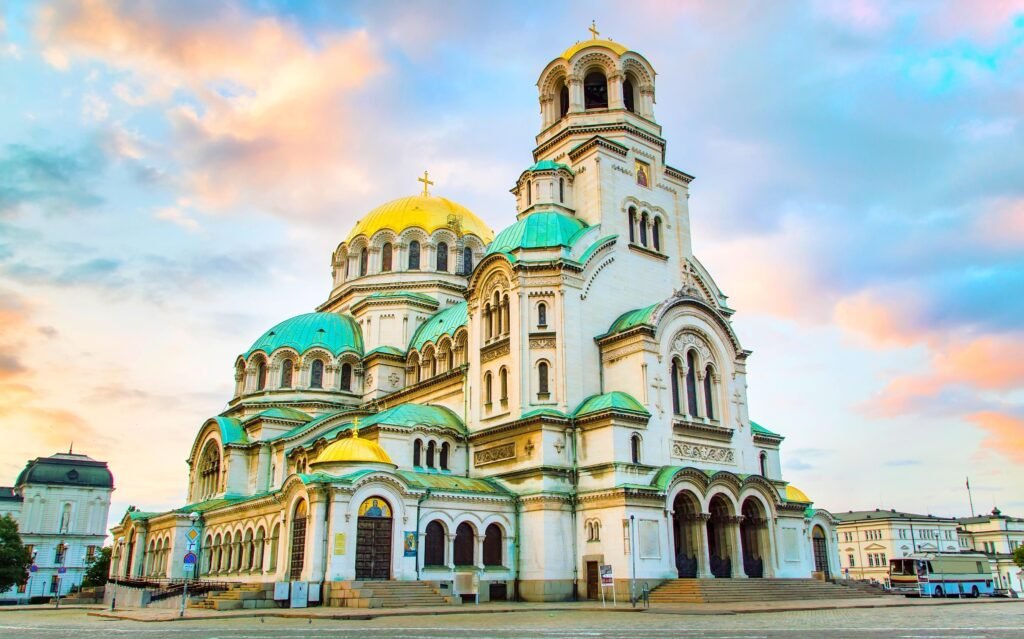
St. Cathedral Alexander Nevsky is the most important and distinctive monument in the capital of Bulgaria, Sofia. The church was built in honor of the Russian Tsar Alexander II, thanks to whom Bulgaria gained independence in 1878
National Palace of Culture (Bulgarian: Национален дворец на културата)
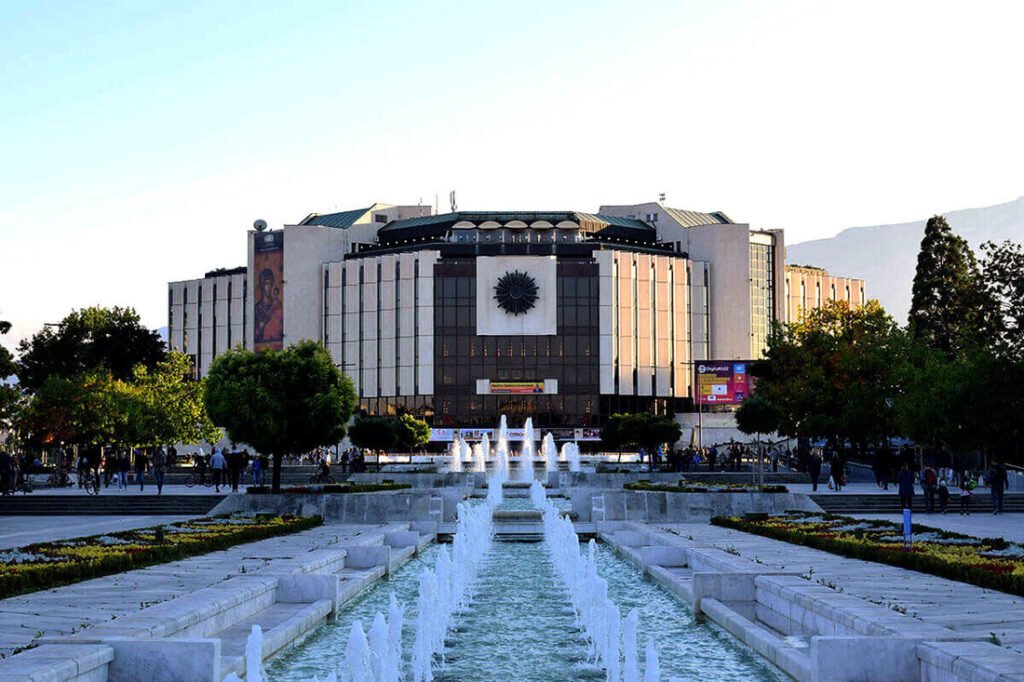
The National Palace of Culture is the focal point of Sofia, with a long promenade and numerous trees. Thanks to the combination of communist and modernist architecture and a short history full of intriguing stories.
It’s really worth seeing the interior of the Palace of Culture. In addition to organizing large events such as concerts, festivals, etc., you can also see art collections here. The palace can be visited with a guide or an audio guided tour.
Church of “Sweta Nedel” (Bulgarian: Света Неделя)
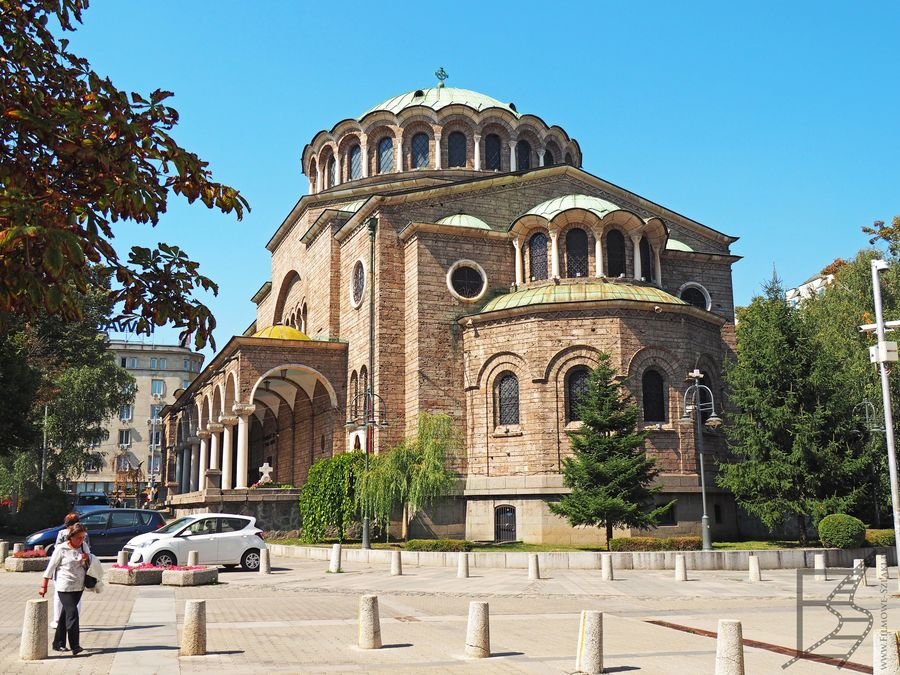
Church of Sveti Sedmochislenitsi (Church of the Seven Saints) – The Church of Sveti Nedel in Sofia is an Orthodox temple, currently also a bishop’s cathedral, located in the very center of the city.
Ceriwem was built in the 10th century AD. It has been rebuilt many times, but each time its original appearance has been preserved.
Ivan Vazov National Theater

National Theater Ivana Vazova is the heart of Bulgarian theater life and is another landmark in Sofia. Located in the city center, at National Square, it is not only the oldest, but also the most renowned theater in Bulgaria.
The beautifully decorated theater attracts not only residents, but also tourists.
Eagle Bridge
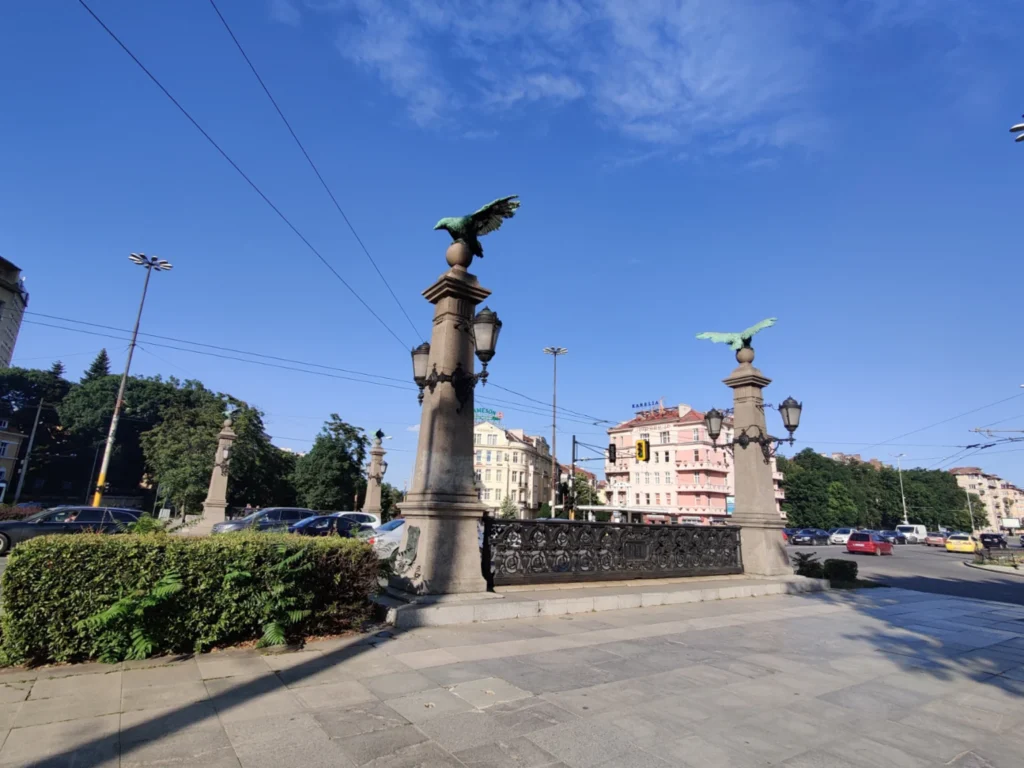
Bridge of the Eagles (Bulgarian: Орлов мост, Orlov most) is a bridge and crossing in Bulgaria, in Sofia, over the Perlovska River. It is located next to the National Stadium. Vasil Levski, the Soviet Army Monument and Boris III Park. Its name comes from the bronze sculptures of eagles on the bridge, which symbolize freedom.
Church of St. Nicholas the Wonderworker

The Church of St. Nicholas the Miracle Worker is one of the oldest churches in Sofia. It was built as a small family church in a palace, located on today’s Kaloyan Street, behind the Rila Hotel. It is believed that this palace was located in the surviving part of the palace complex built by Emperor Constantine the Great during his stay in Sofia.
Borisova Gradina Park

Borisova Gardina Park is the oldest and most famous park in Sofia, the capital of Bulgaria. Its construction began in 1884 and is named after the Bulgarian Tsar Boris III. The history of the garden covers three periods of activity of three famous gardeners.
Rotunda of St. George (Свети Георги)
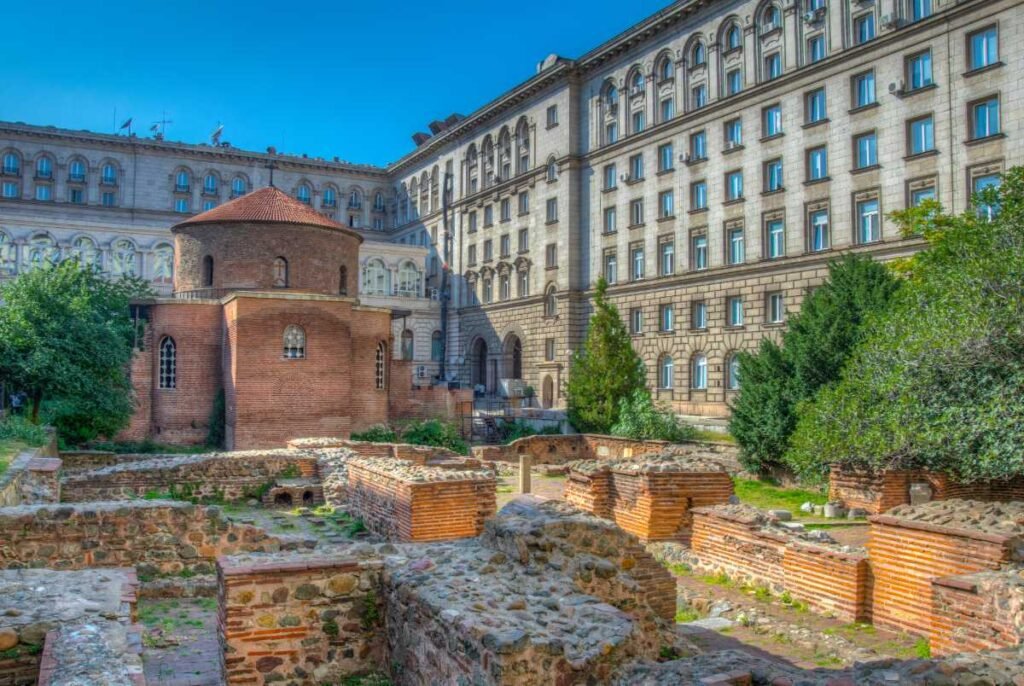
The Rotunda also is one of the oldest buildings located in Sofia. The rotunda is early Christian and was built of red brick. It is located between the Presidential Palace and the Sheraton Hotel. The beginnings of construction date back to the beginning of the 4th century. Currently, the building serves as an Orthodox church and a museum.
National Opera and Ballet of Bulgaria
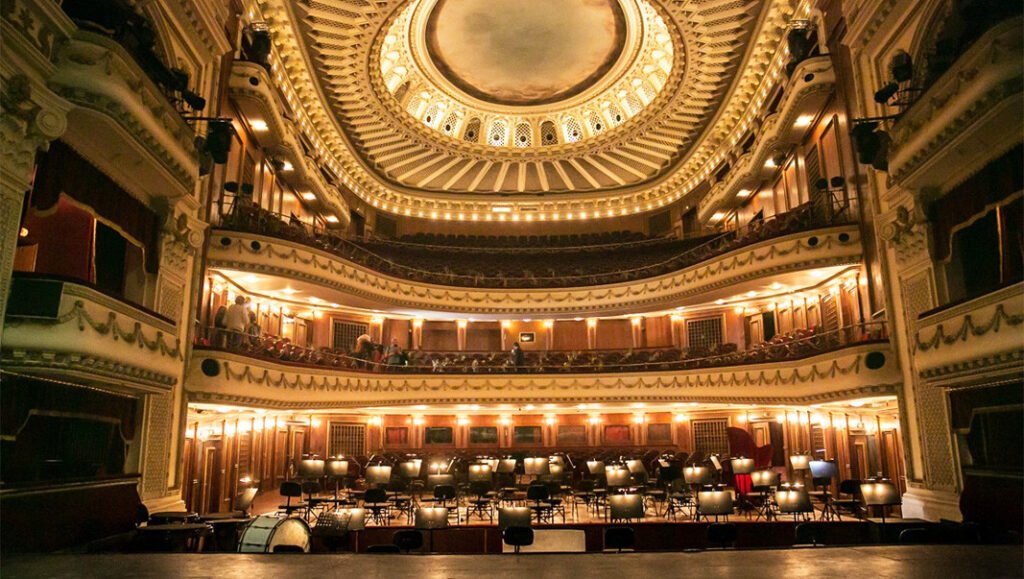
National Opera and Ballet of Bulgaria which deals with opera and ballet. It is located in an impressive building in Sofia, the capital of Bulgaria. The first opera company in Bulgaria was founded in 1890 as part of the Capital Opera and Drama Company.
Sofia Regional History Museum
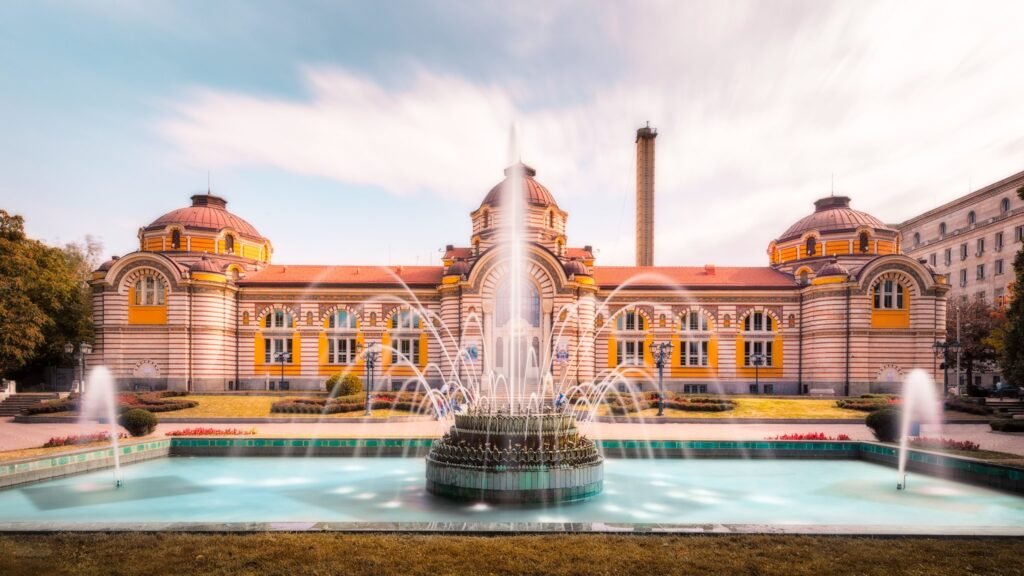
Sofia Regional History Museum is located at 16 Vitoshko Lale Street and presents the history of Bulgaria and the entire Balkans. The facility was founded in 1973 and currently boasts a collection of over 650,000 exhibits from fields such as archaeology, history, ethnography and art. Here you can see a rich collection of coins, jewelry and costumes, as well as numerous works of art.
Vitosha Mountain
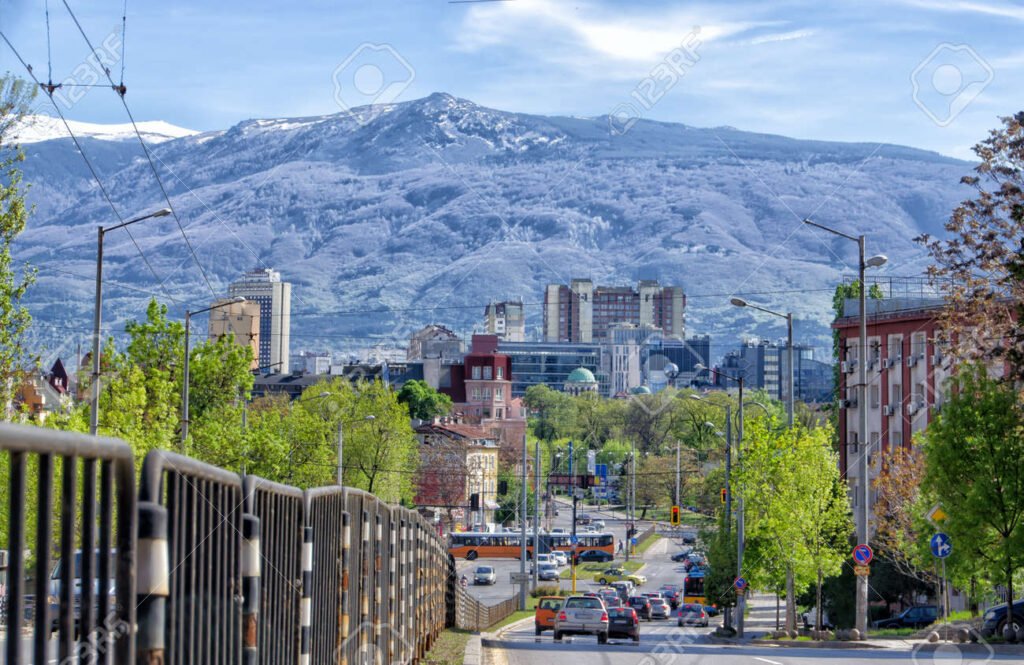
The Vitosha massif, rising just 8 km south of Sofia, is a popular skiing center in winter. Tourists from all over the world practice winter sports here. The highest peak of the massif is the majestic Czerny Wrych (2,290 m), a symbol of climbing and alpinism.
The relative height of the Vitosz massif is up to 1,100 meters. The lower parts of the massif are covered with coniferous forests with a predominance of spruces and pines. At high altitudes there is a grassy plateau.
There are many more attractions to see in Sofia:
- Central Mineral Bath from 1908; Central Military Club from 1883–1903, in neo-Renaissance style;
- National Art Gallery located in the former palace of the Bulgarian Tsars from 1878, in the Neo-Renaissance style;
- National Gallery of Foreign Art from 1882,
- Vrana Palace – royal summer residence from 1914; Old stena, remains of Turkish walls from the 16th century;
- Tomb of Prince Alexander I of Battenberg from 1897, in eclectic style;
- National Library of St. Cyril and Methodius from 1940, in the neoclassical style; Largo, a complex of buildings from 1950, in the socialist realist style;
- Fountain Park, located in the park around NDK.
